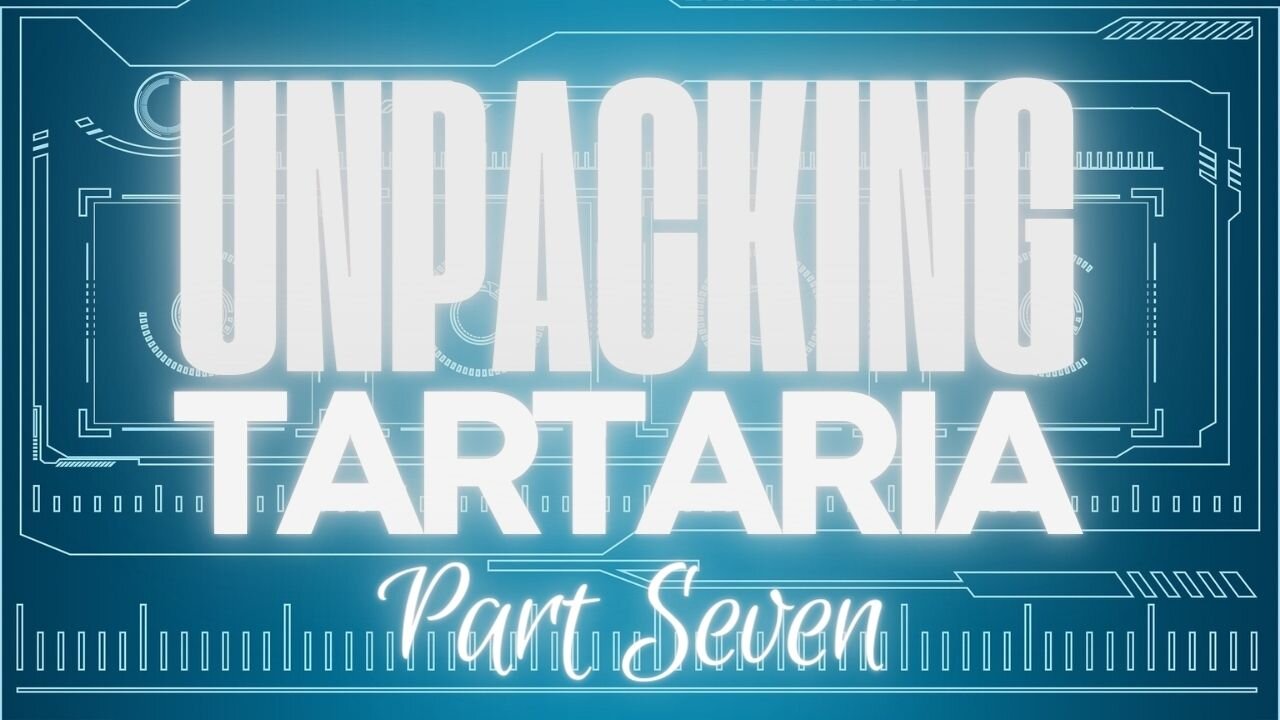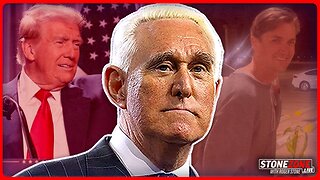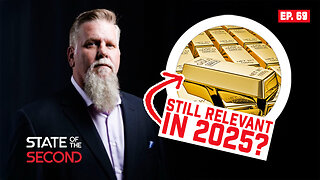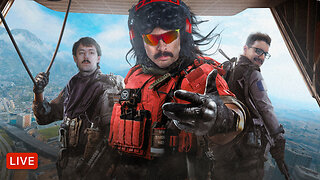Premium Only Content

Unpacking Tartaria, Pt. 7 - Classical Art, Petrifaction, Melted Buildings & The Renaissance Lie
THE RENAISSANCE LIE
Have we been lied to when it comes to the Renaissance movement and many of the most famous artists of history? Is there a cover-up going on in order to hide that these artworks belonged to an old-world artistic society? Perhaps there is a secret technique or technology that we were never told about such as an advanced carving tool, the ability to soften stone for easy manipulation, and or the process of Petrifaction during a Renaissance Lie.
In this episode, we go over the legends and myths of Man being turned into stone that allude to there being some type of stone conversion technology possessed by the Ancients.
Did they get this knowledge thru observing some type of natural phenomena or cataclysmic event such as a Renaissance Lie that turned most of the old world into mountains? There are countless accounts referring to cataclysms of fire, one of the most famous being the Greek myth of Phaeton as told in Plato's Timaeus.
SOURCE
Mind Unveiled
WAS LEONARDO DA VINCI A RENAISSANCE LIE?
Leonardo da Vinci (15 April 1452 – 2 May 1519) was an Italian polymath of the High Renaissance who was active as a painter, draughtsman, engineer, scientist, theorist, sculptor, and architect. His genius, says his biographer Walter Isaacson, was his ability to marry observation with imagination and to apply that imagination to intellect and its universal nature. Born out of wedlock to a successful notary and a lower-class woman in, or near, Vinci, he was educated in Florence by the Italian painter and sculptor Andrea del Verrocchio.
His collective works comprise a contribution to later generations of artists matched only by that of his younger contemporary Michelangelo. His natural genius crossed so many disciplines that he epitomized the term “Renaissance man”. Today he remains best known for two of his paintings, "Mona Lisa" and "The Last Supper".
He filled dozens of secret notebooks with inventions, observations and theories about pursuits from aeronautics to human anatomy. His combination of intellect and imagination allowed him to create, at least on paper, such inventions as the bicycle, the helicopter and an airplane based on the physiology and flying ability of a bat.
EPISODE SERIES
Pt. 1
https://rumble.com/v3nxens-unpacking-tartaria-pt.-1-the-irish-connection.html
Pt. 2
https://rumble.com/v3nxgfy-unpacking-tartaria-pt.-2-phoenician-architects.html
Pt. 3
https://rumble.com/v3nzjdw-unpacking-tartaria-pt.-3-white-balding-giants-in-america.html
Pt. 4
https://rumble.com/v3nzjzk-unpacking-tartaria-pt.-4-ancient-emf-technology.html
Pt. 5
https://rumble.com/v3nzlxy-unpacking-tartaria-pt.-5-air-travel-oil-oligarchy-titanichindenburg.html
Pt. 6
https://rumble.com/v3nzme7-unpacking-tartaria-pt.-6-subterranean-networks-the-underground-railroads-an.html
Pt. 7
https://rumble.com/v3nzng4-unpacking-tartaria-pt.-7-classical-art-petrifaction-melted-buildings.html
Pt. 8
https://rumble.com/v3nzobe-unpacking-tartaria-pt.-8-asylums-prisons-colleges-mind-control-castles-in-a.html
Pt. 9
https://rumble.com/v3vuupa-unpacking-tartaria-pt.9-odd-fellows-repopulation-orphans-ghost-cities.html
Pt. 10
https://rumble.com/v3vuvep-unpacking-tartaria-pt-10-waste-management-poop-fuel-the-gilded-age.html
-
 31:01
31:01
The Aquarius Bus
3 months agoExquisite Old World Philadelphia. Founded 1682. Why Did They Move The Capital to DC?
1.22K7 -
 LIVE
LIVE
Benny Johnson
1 hour ago🚨 Trump Live Right Now From Oval Office in First Fox News Interview as President | ‘Watch This…’
9,096 watching -
 LIVE
LIVE
Barry Cunningham
3 hours agoLIVE WATCH PARTY: PRESIDENT TRUMP INTERVIEW WITH SEAN HANNITY!
1,568 watching -
 1:37:19
1:37:19
Glenn Greenwald
5 hours agoAs Trump Vows to Restore Free Speech, Harvard Just Assaulted It; Columbia Professor Forced Out Over Israel Criticisms | SYSTEM UPDATE #394
45K99 -
 58:45
58:45
The StoneZONE with Roger Stone
2 hours agoTrump Pardons Ross Ulbricht | The StoneZONE w/ Roger Stone
37.7K8 -
 1:57:31
1:57:31
2 MIKES LIVE
11 hours ago2 MIKES LIVE #170 with special guest Rep. Buddy Carter (R-GA)
32.4K1 -
 LIVE
LIVE
Flyover Conservatives
21 hours agoA Doctors Response to Trump’s First Moves: W.H.O. and FDA - Dr. Troy Spurrill; A REAL-LIFE Approach to Health and Wellness Transformation - Kellie Kuecha Moitt | FOC Show
1,091 watching -
 41:50
41:50
State of the Second Podcast
6 hours agoWhat do Gold and Guns have in common?
2133 -
 1:01:26
1:01:26
PMG
2 hours agoLibs In FULL PANIC Since Trump Took Office! Creating a Faith to Fit their Agenda
2722 -
 7:09:22
7:09:22
Dr Disrespect
11 hours ago🔴LIVE - DR DISRESPECT - TRIPLE THREAT CHALLENGE - EXTREME EDITION
228K30